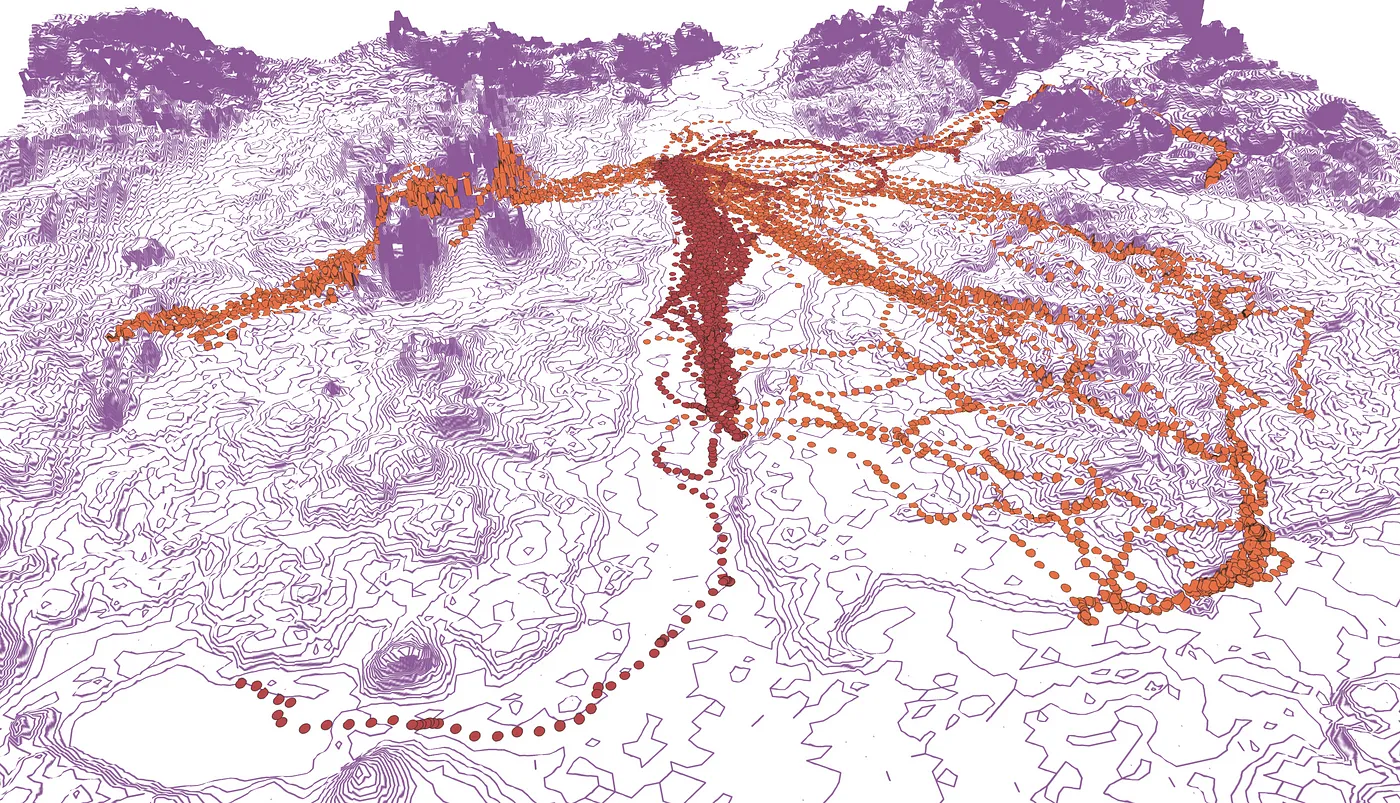
This project explores interaction design for self-expression through an enactive approach, integrating voice and movement recognition to create intuitive digital experiences for neurodiverse users. Using participatory action research, it co-designs applications with a creative arts therapist and community actors, emphasizing inclusivity, adaptability, and embodied interaction.

In a world increasingly influenced by artificial intelligence, the boundaries of artistic creation are continually being redefined. This talk delves into the heart of what it means to create in our modern era, juxtaposing traditional art forms with the emerging realm of AI-driven creations. Through case studies in visual music, printmaking, design, and generative AI, we'll embark on a journey to understand and appreciate the evolving essence of creativity. Join us as we explore the challenges and opportunities that lie at the intersection of art and technology, and discover how the spirit of human expression thrives amidst digital transformation.

The project involves music performance, sound synthesis, computational visual music, and fine art printmaking. The original music was created in 2003, the visual music completed in 2015, and the printmaking in 2022. It is the result of a wide range of collaboration and a mixture of various feelings and emotions.
Solving the New York Times Spelling Bee can be a rewarding experience that balances a challenge with the pleasure of word exploration. While it’s not always a walk in the park, the satisfaction gained from finding each word is well worth the effort. Among the various linguistic achievements in the puzzle, uncovering the pangram is like discovering a hidden treasure. This special word, which uses all the given letters, highlights the player’s skill in navigating the rich complexities of the English lexicon.

A in-depth review of Three.js and Babylon.js, two of the best WebGL framesworks with cases in creative coding and experiments. The image above is a project to visualize the fly pattern of a pair of birds who nest together on an island in a lake in Poland.

The goal of creative coding is to create something expressive instead of something functional. Aesthetics often plays an essential role in creative coding, and that is the reason creative coding often involves both artists and programmers.

The project of Visual Squares was initially published in February 2020, shortly after the coronavirus broke out in Wuhan. At the time, there was tremendous fear in the Chinese public caused by this newly discovered and highly infectious disease. To many, the latest outbreak bears eerie similarities of the 2003 SARS epidemic and has brought back painful memories. It was then Xiaoru Yuan, the director of Visualization and Visual Computing Group at Peking University(PKU) contacted us to collaborate on a series of coronavirus related visualization projects aiming to help the public gain a better understanding of this ongoing pandemic. And Visual Squares is one of the outcomes of this collaboration.

This is a story of how we progressively transformed a poem into multisensory experiences using ASMR, sound, vocal, visual texture, and abstract patterns.
It started when Rebecca Xu showed me the book The Illumination Project, gifted by Emily Vey Duke at her reading at the Light Work studio. Rebecca suggested creating an animated visual interpretation of the poems.